If you've been following Apple's actions in recent months, you've probably noticed that the Californian giant is doing everything to extend the battery life of its products as much as possible. Of course, we are talking about the life of the battery as such, not how long the battery lasts for one charge. Despite the fact that the battery is a consumable item, changing batteries should be avoided as much as possible - the substances inside them are not at all beneficial for the environment. Recently, Apple has introduced several different functions that are intended to prevent the chemical aging of the battery as much as possible - let's take a look at what these functions are.
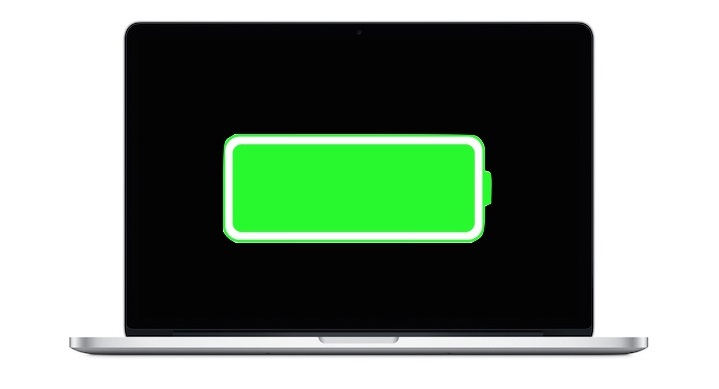
Optimized battery charging
One of the newer features that takes care of extending battery life is Optimized Charging. To put it into perspective, this is a function that in a way "stops" charging when the battery reaches 80%. In the case of iPhone and iPad, after activating this feature, iPhone gradually tries to understand your mode and how and when you go to sleep. Since most of us charge our iPhone at night, after a few hours of plugging it into the charger, the iPhone will charge to 100% - and the battery will remain at that capacity for several more hours for the rest of the night, which is not ideal. In general, all batteries should be charged between 20-80% for the longest possible life. Anything outside of this limit is not very ideal for longevity. Once the iPhone learns your mode, it will not let the battery charge more than 80% at night. The iPhone's battery will only charge to its maximum capacity, i.e. 100%, a few minutes before you get up.
It could be interest you
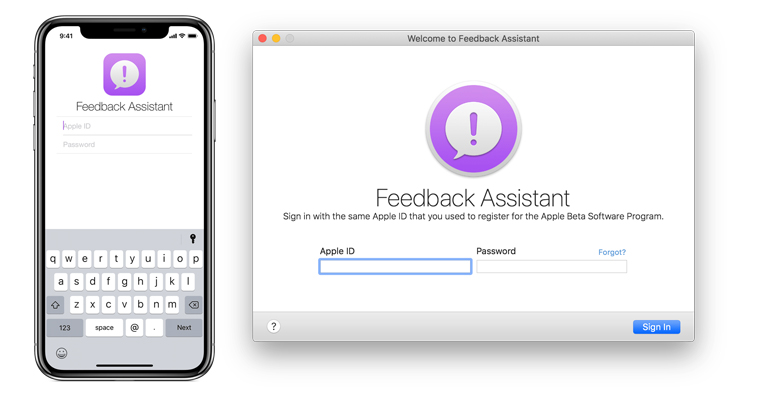
iPhone and iPad
If you want to activate Optimized battery charging on your iPhone or iPad, go to the native application Settings. Get off here below and click the option Battery. Then tap on the option battery health, where finally activate the option Optimized battery charging.
Maximum capacity management
We simply cannot avoid the gradual aging of the battery in your devices. Even though we can slow down aging, of course aging still happens. In one of the latest updates to macOS 10.15 Catalina, we got a feature called Battery Health Management. This function simply takes care of reducing the maximum capacity of the battery according to its age, thereby extending its life. Over time, the system does not allow the MacBook to charge the battery to 100% of its real capacity - it gradually reduces this capacity. You, as a user, have no way of knowing - the battery will continue to charge to 100% according to the icon in the top bar, even if in reality it will be charged to a maximum of 97%, etc.
It could be interest you
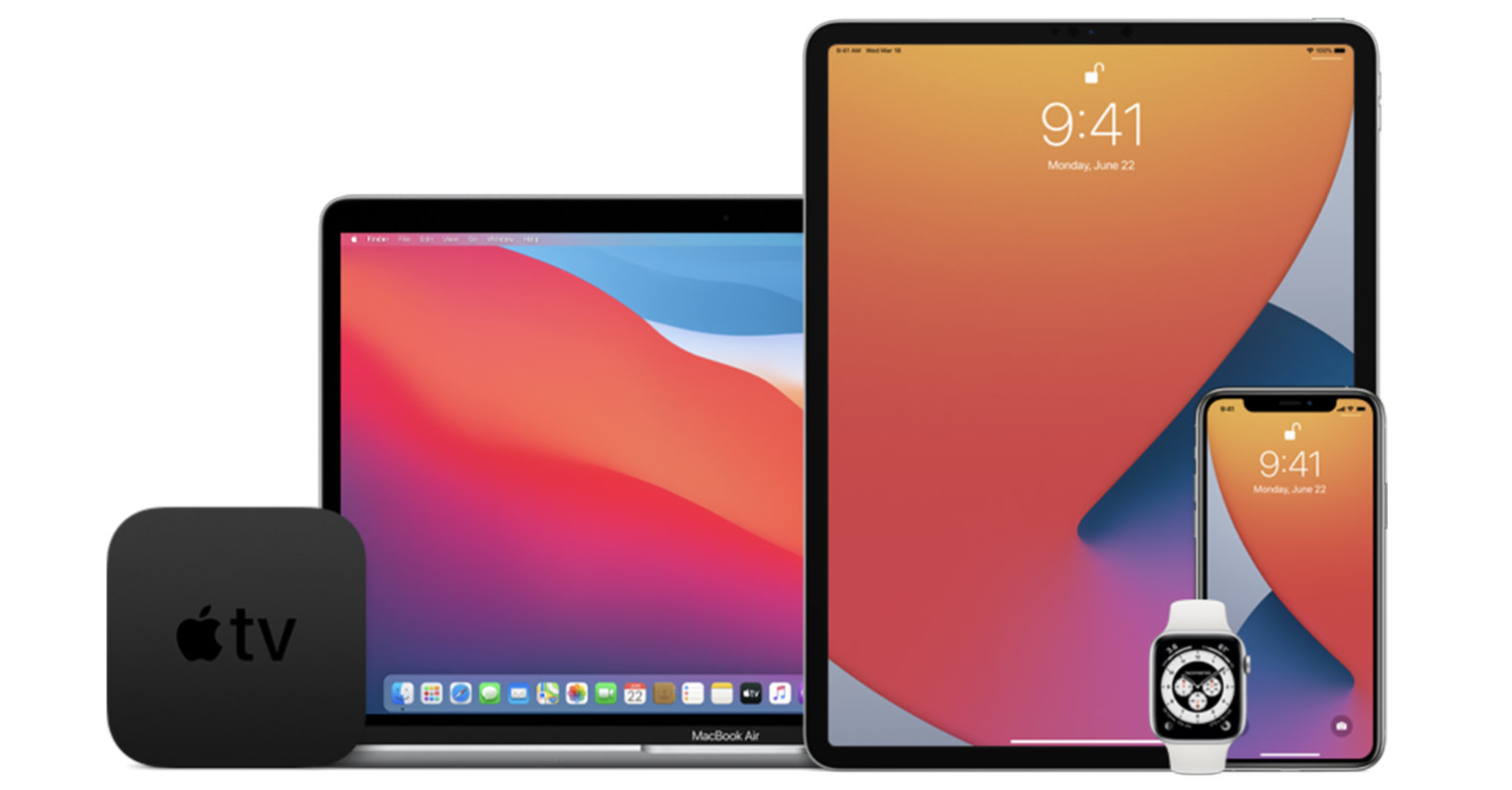
MacBook
If you want to activate this function on your MacBook, you just need to tap on the top left icon and from the menu that appears, tap the option System Preferences… In the new window that appears, move to the section Energy saving. Here, you just need to click on the icon in the lower right Battery health… A new, small, window will open, where you can already function with the name Battery health management (de)activate.
Features in new systems
It's been a few days since we saw the introduction of new operating systems within the framework of this year's first conference called WWDC20. Apple has added several new features to the new operating systems, thanks to which you can extend the life of your battery even more. In the case of MacBook, this is optimized battery charging, in addition, we have also seen new functions designed for battery management within the Apple Watch and AirPods.
It could be interest you

MacBook
As part of macOS 11 Big Sur, the MacBook received the Optimized battery charging feature. This function works practically exactly the same as we mentioned above for the iPhone and iPad. In this case, the MacBook will remember who you usually charge it and will not charge to more than 80% until you need it. If you want to activate Optimized Battery Charging on your MacBook, click the icon at the top left, then select the option from the menu System Preferences… In the new window that appears, move to the section Battery (Battery). Here, then move to the section on the left Battery, where you can Optimized charging battery activate.
Apple Watch and AirPods
As part of watchOS 7, we got a new feature that allows you to see the battery health, and you can also activate Optimized Battery Charging. Even in this case, the Apple Watch tries to learn your daily routine and according to it, the watch will not charge more than 80%. If you want to view battery health and (de)activate Optimized battery charging, go to watchOS 7 Settings -> Battery -> Battery health. It should be noted that AirPods also received the same function, but in this case the function cannot be managed in any way.
Battery health
Viewing the battery health isn't all about extending the life of your battery. In this case, only a numerical percentage will be displayed, which informs you of how much % of the original capacity you can charge the battery. The smaller the percentage, the more worn the battery is, of course, less durable and more susceptible to environmental influences (temperature, etc.). You can view the battery condition on practically all Apple devices, but in some cases only with the arrival of new operating systems.
It could be interest you
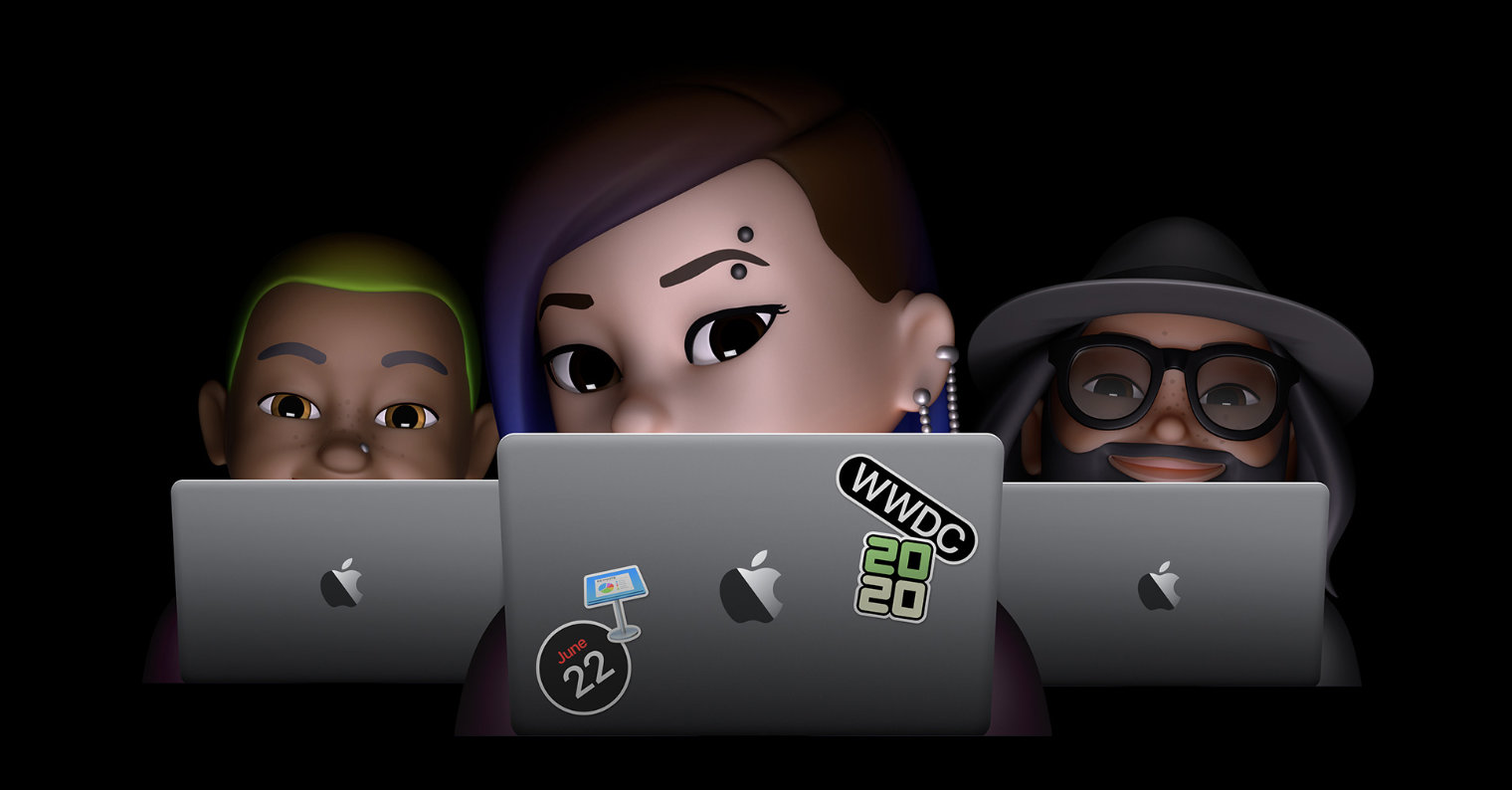
iPhone and iPad
Battery health, as a percentage, has been part of iOS and iPadOS for a long time. If you want to view Battery health, go to Settings -> Battery -> Battery health.
MacBook
As for the MacBook, Battery Health as a percentage is only available from macOS 11 Big Sur. To view this data, go to System Preferences -> Battery, on the left click on Battery, and then at the bottom right on Battery health… The data will be displayed in a new small window.
Apple Watch
It's the same with the Apple Watch - if you want to see the battery percentage, you need watchOS 7. Then just go to Settings -> Battery -> Battery health.
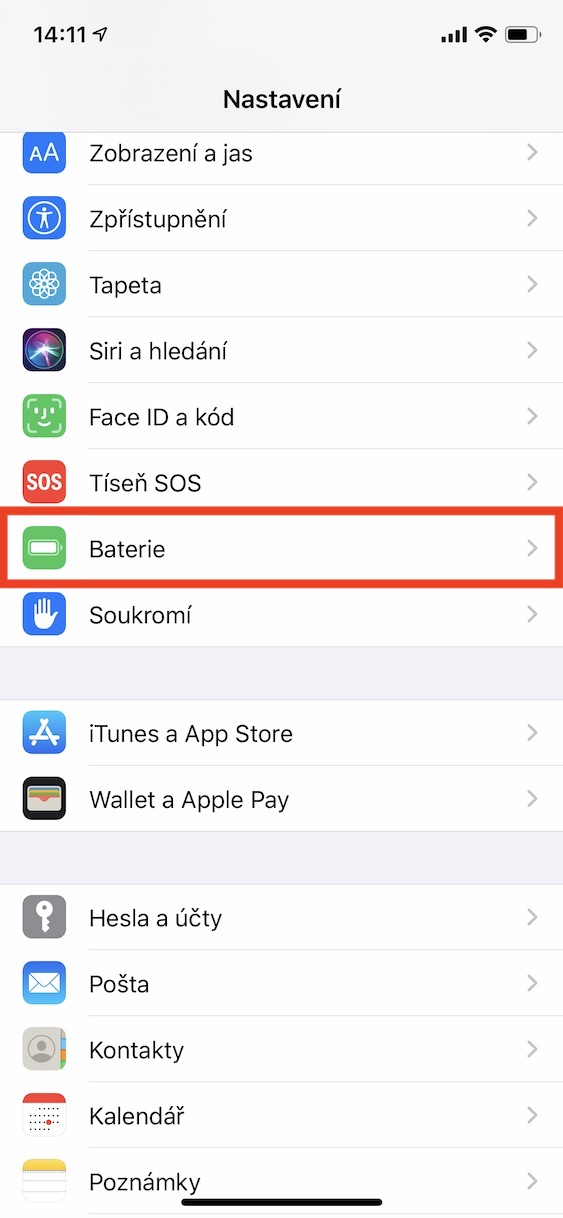
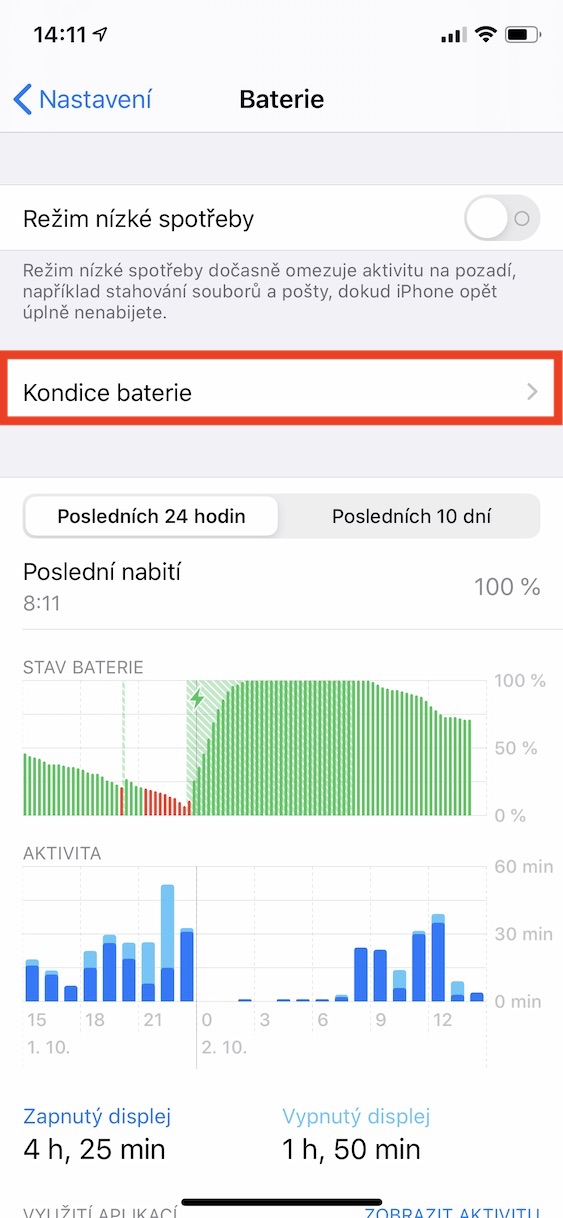
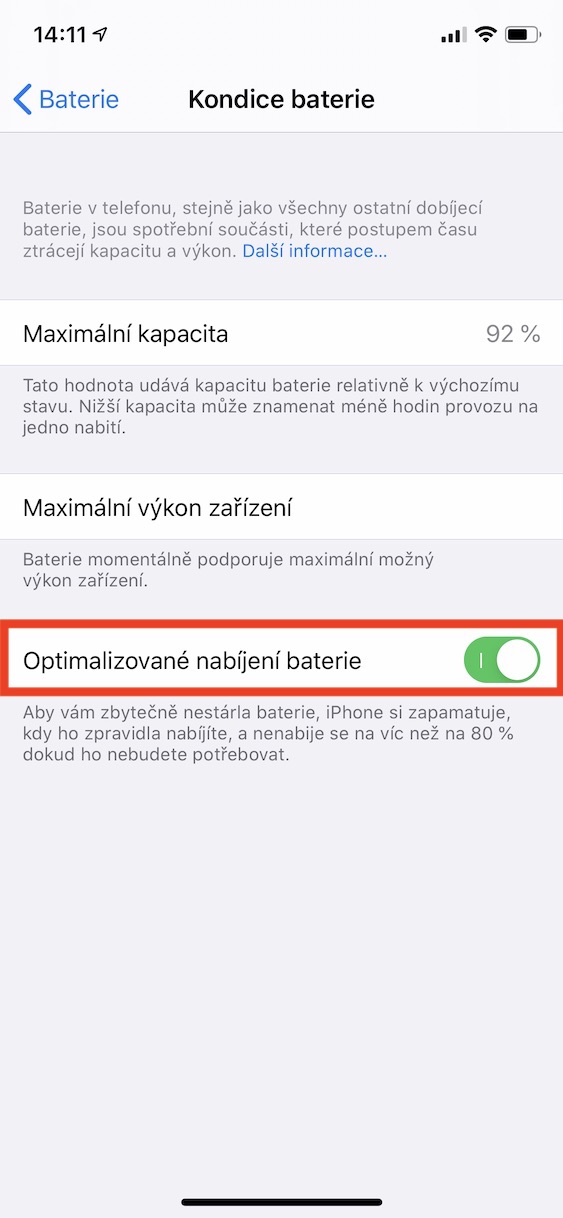

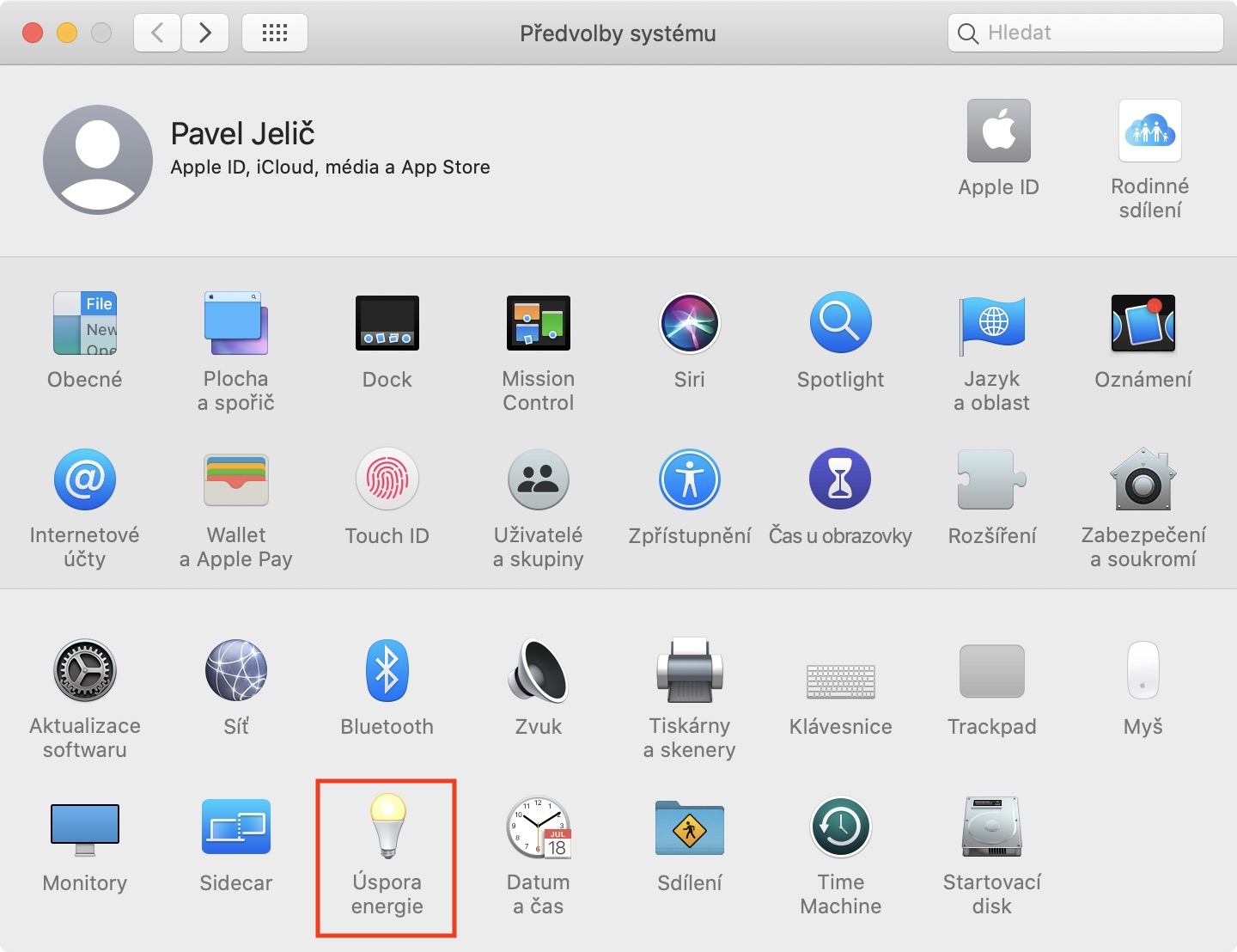
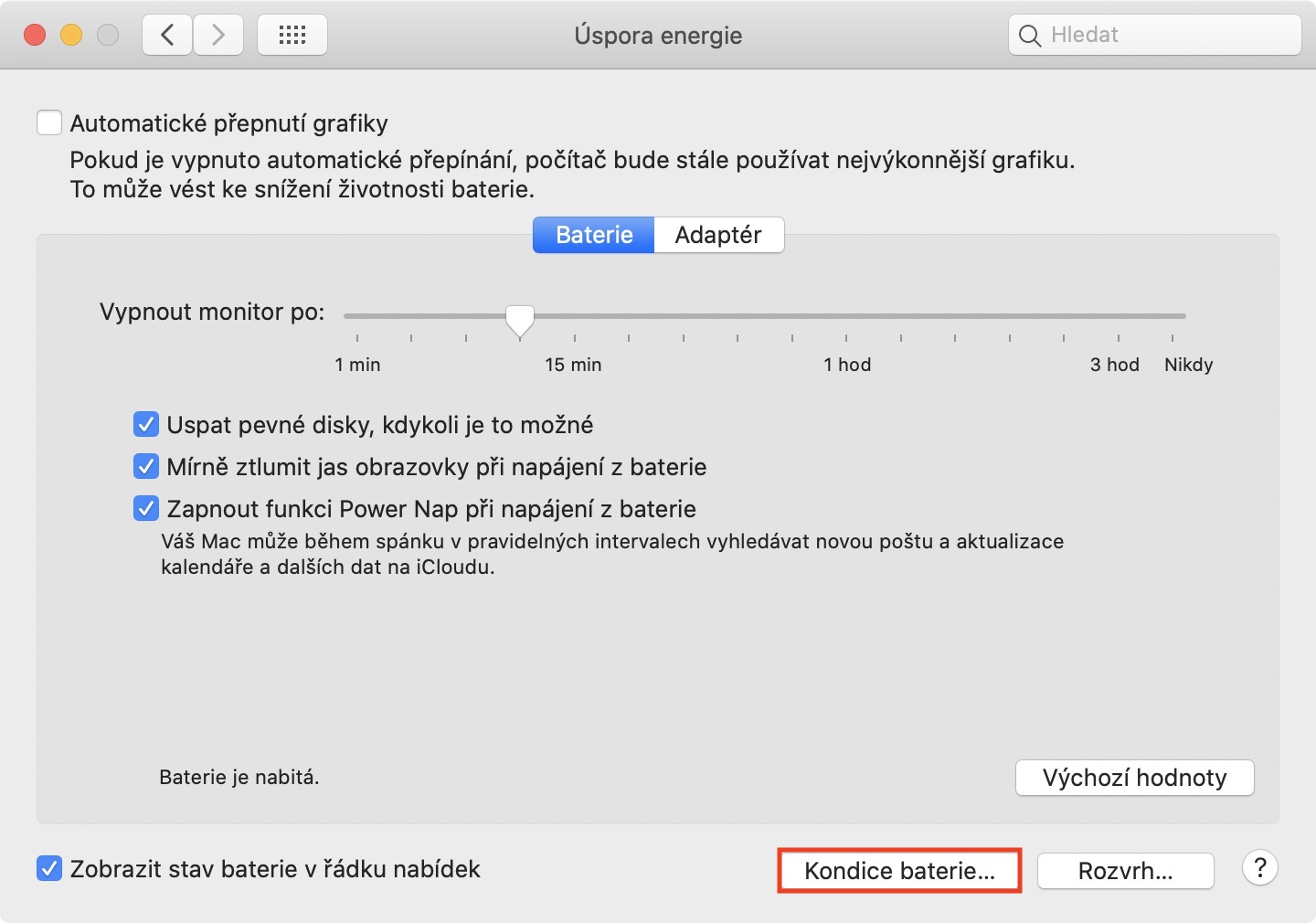


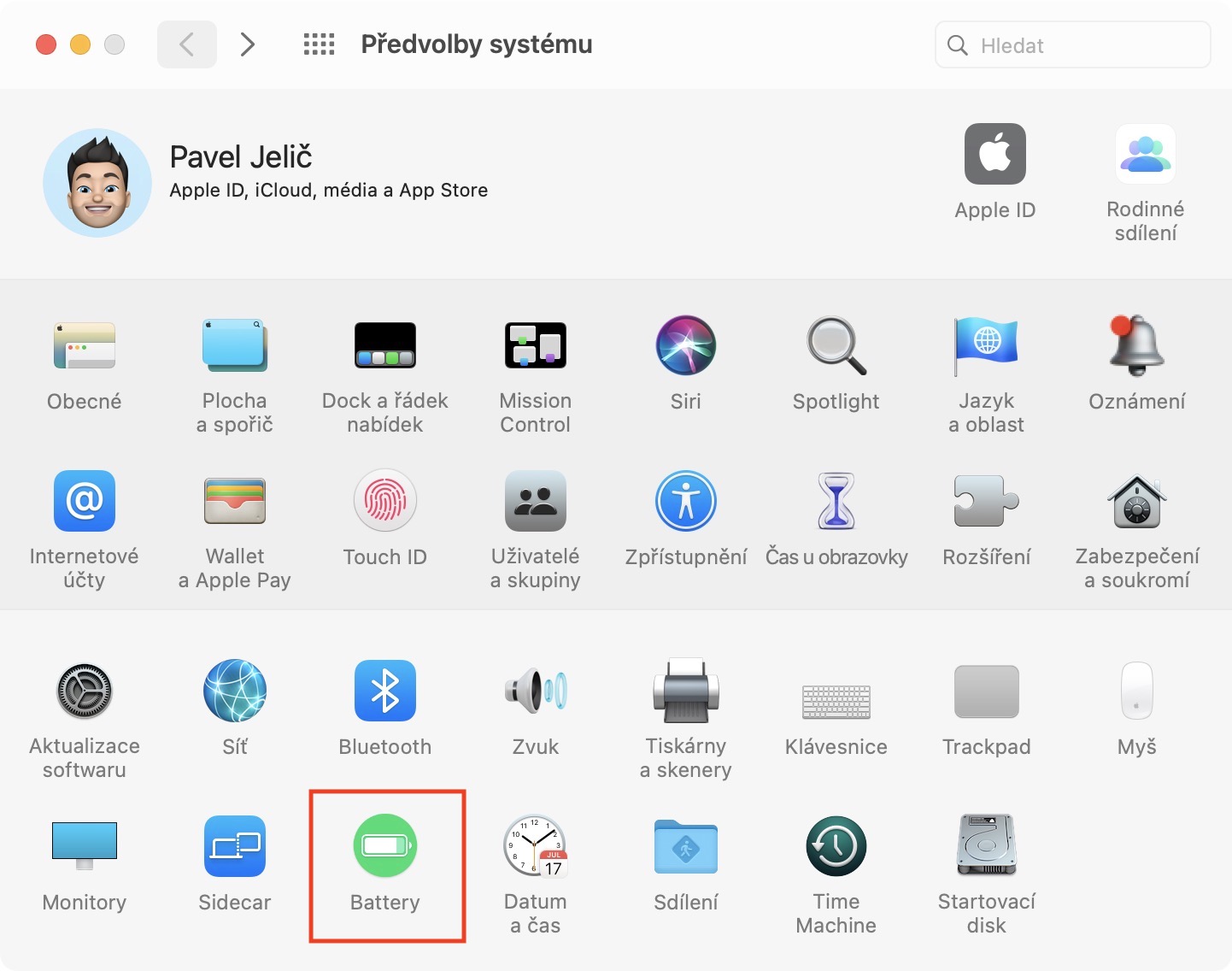
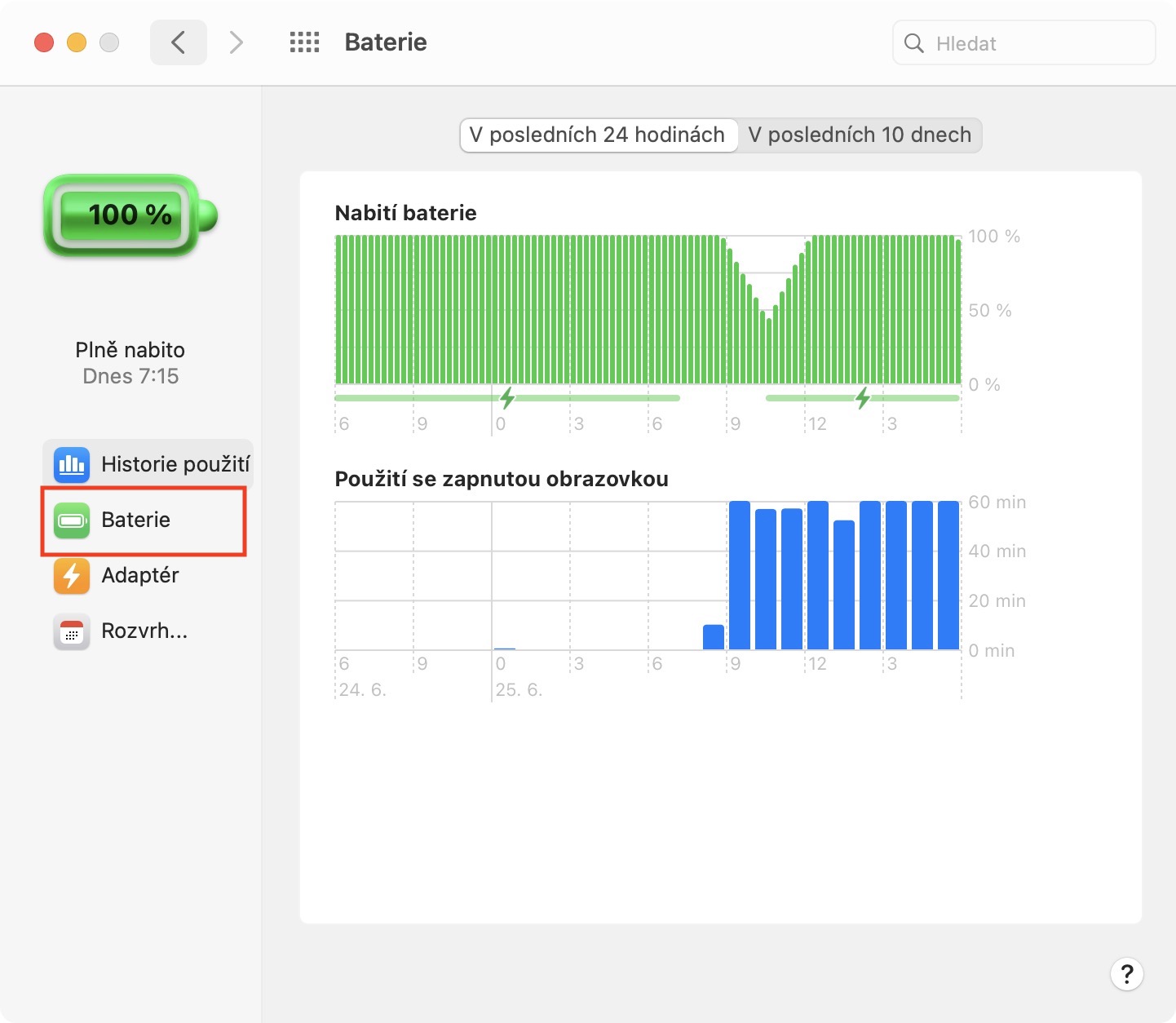
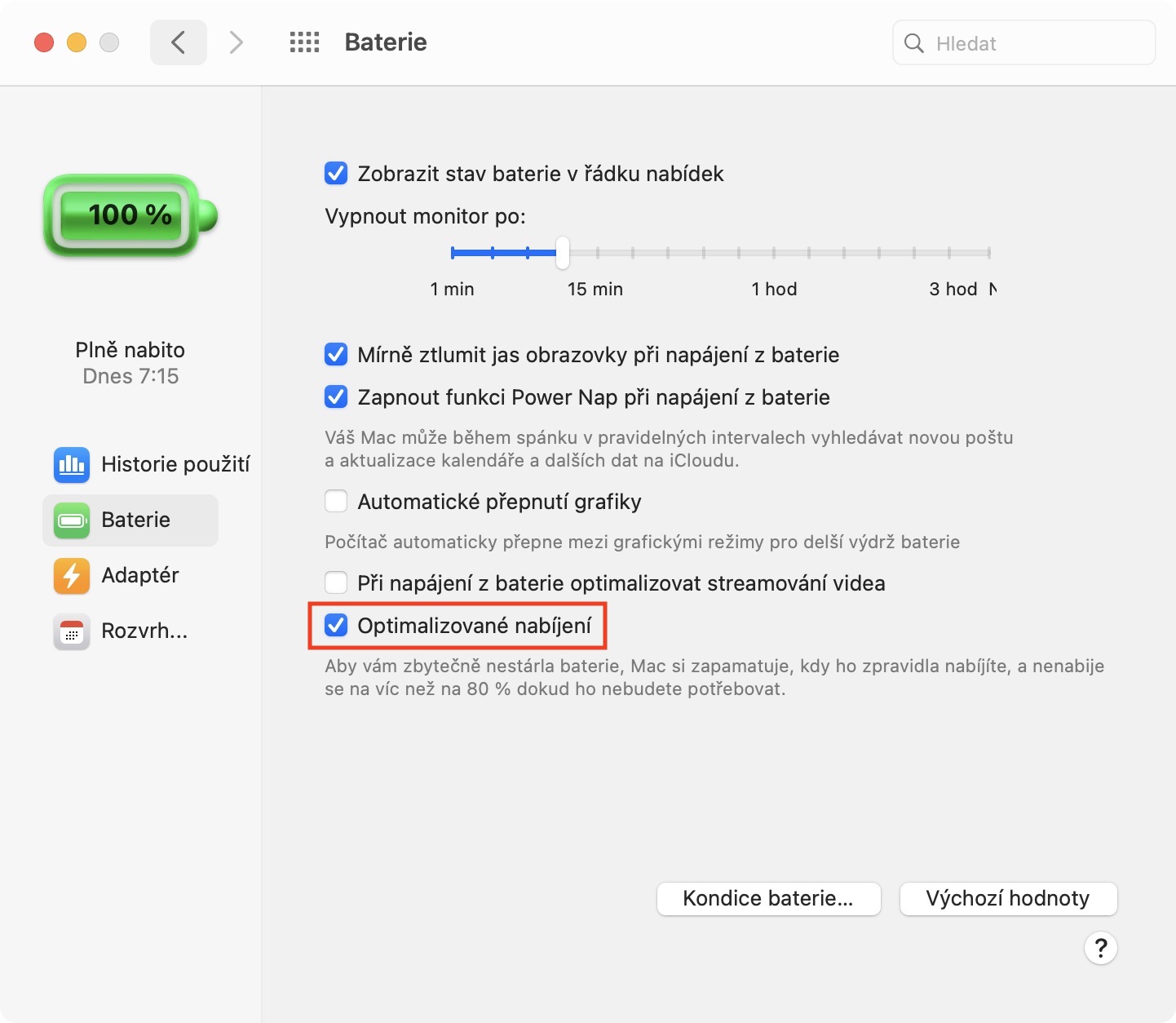

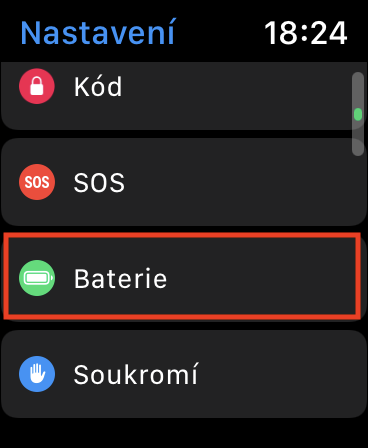

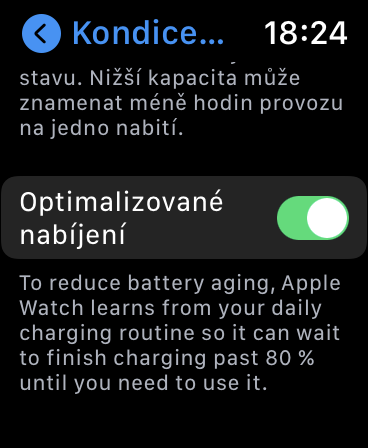
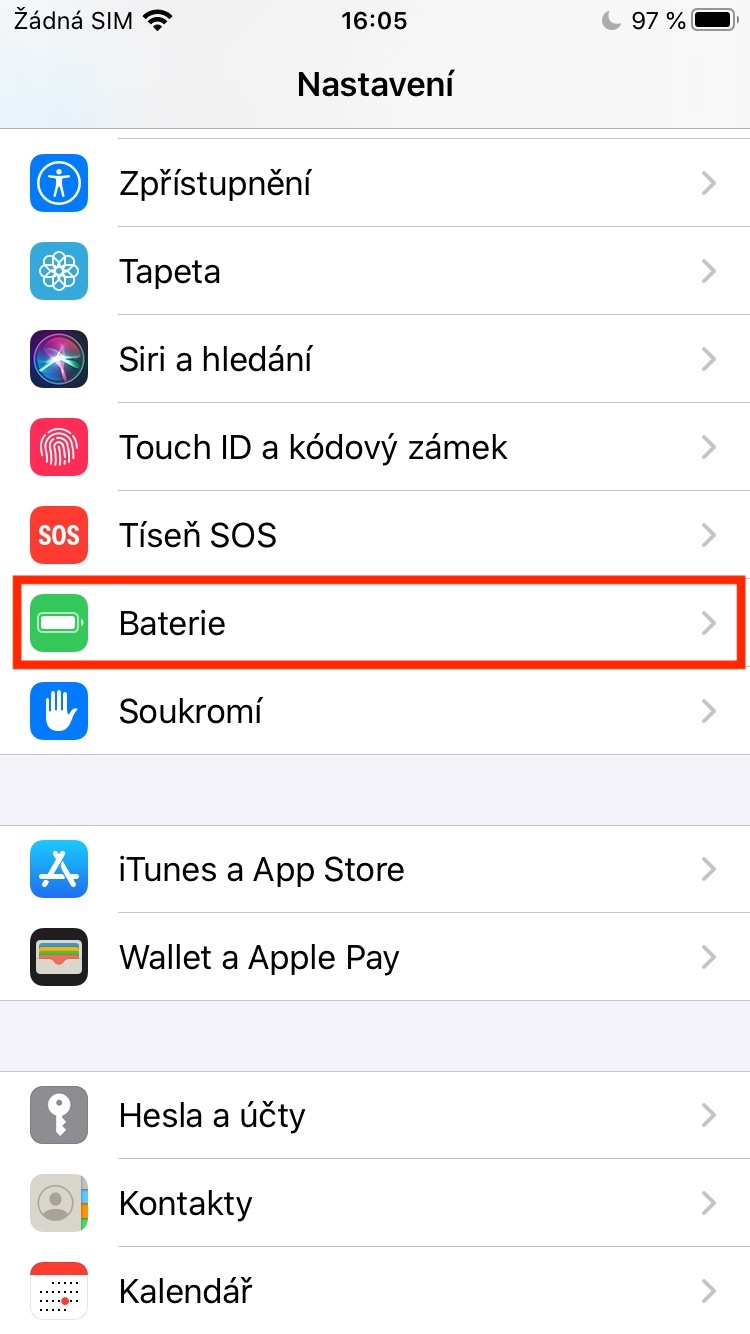
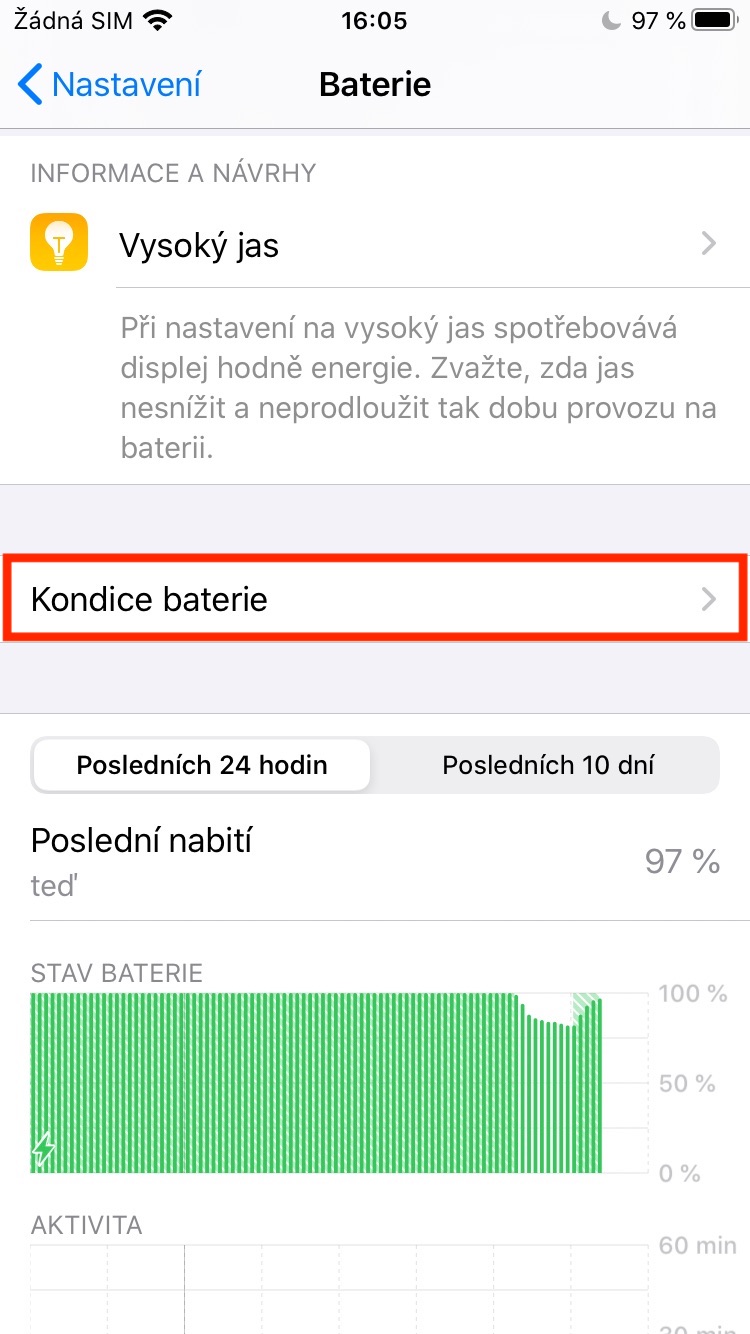

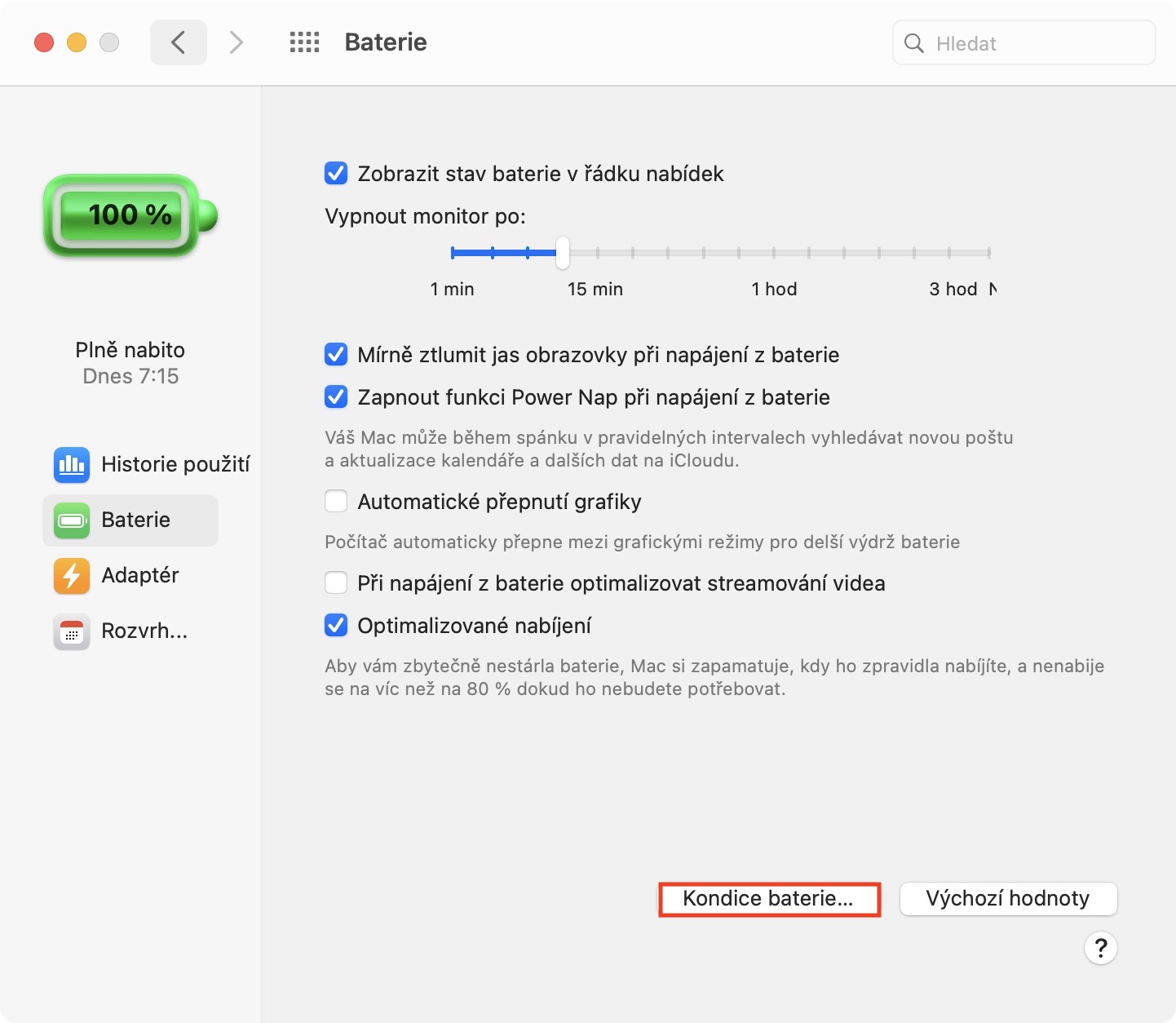
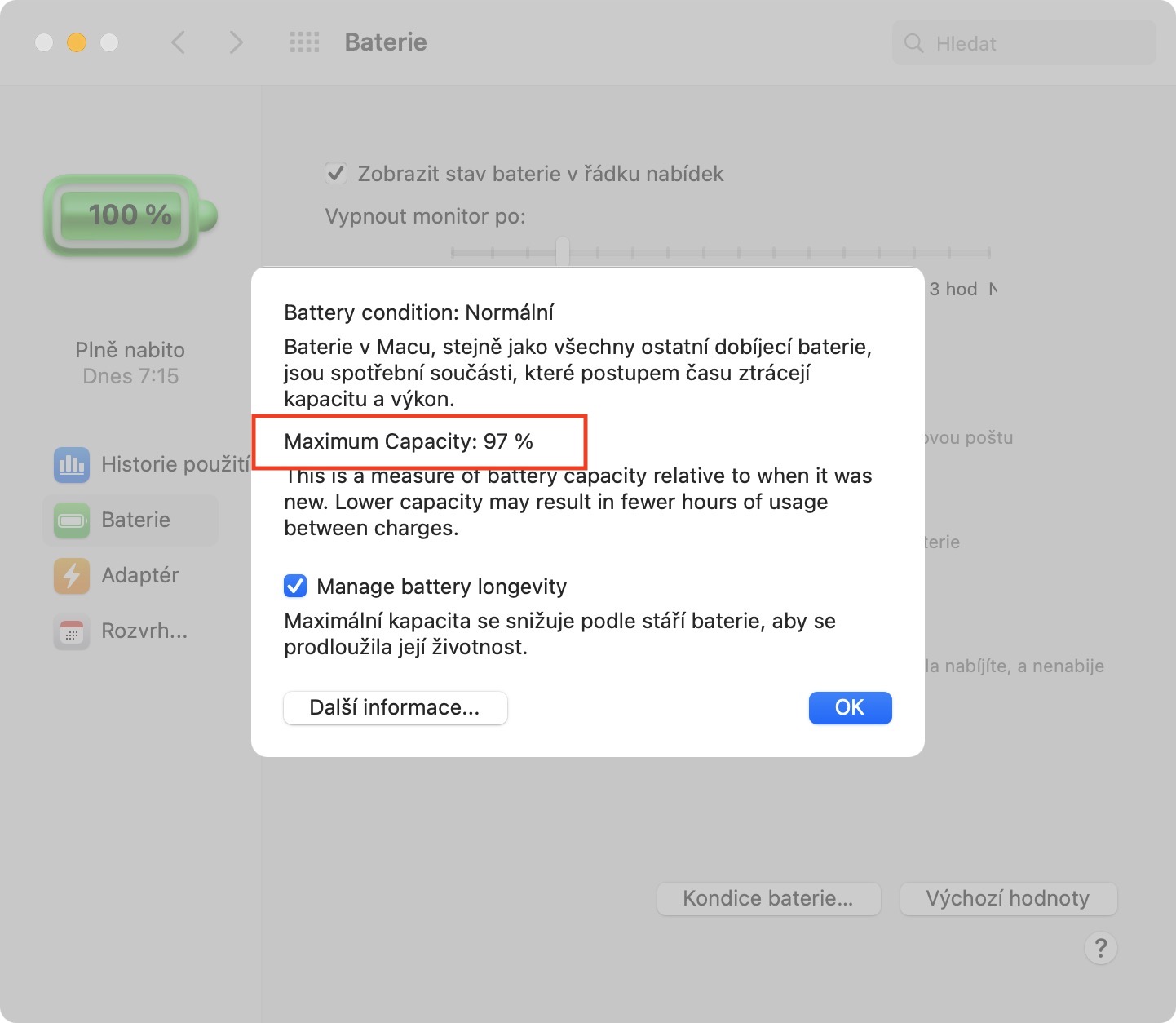
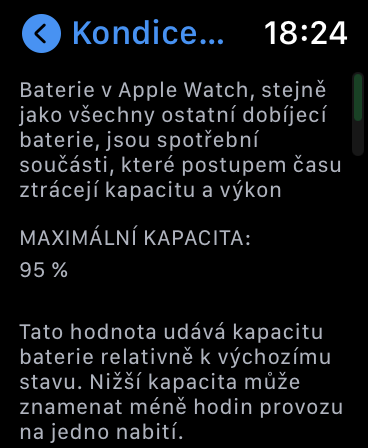
It would be ideal if it were possible to set a time on the iPhone when we want to have the battery charged to 100%. For example, if I wake up at a different time every day...